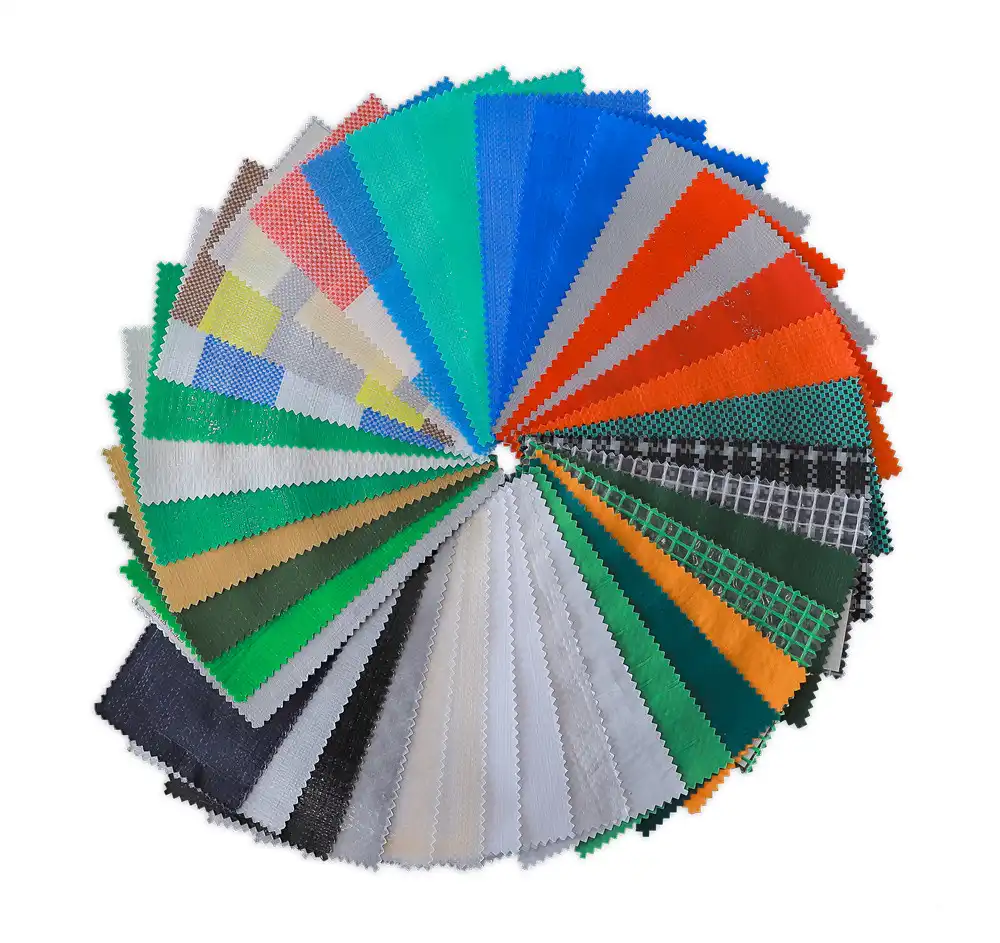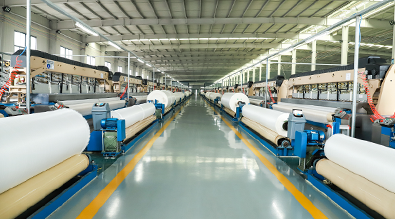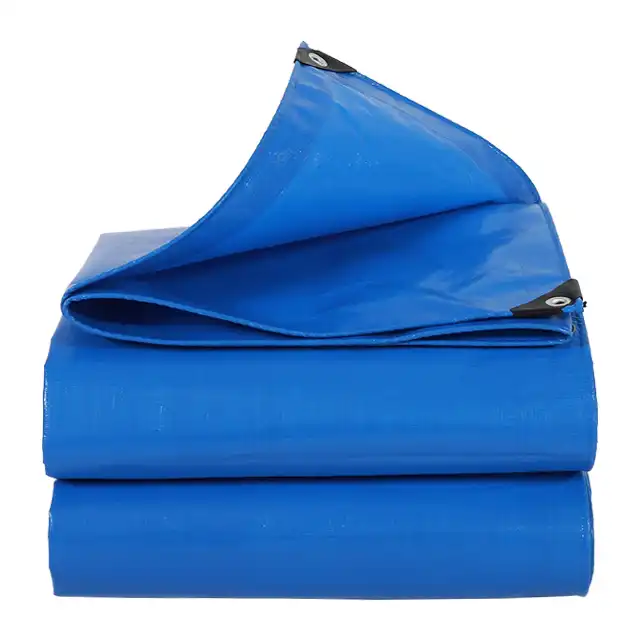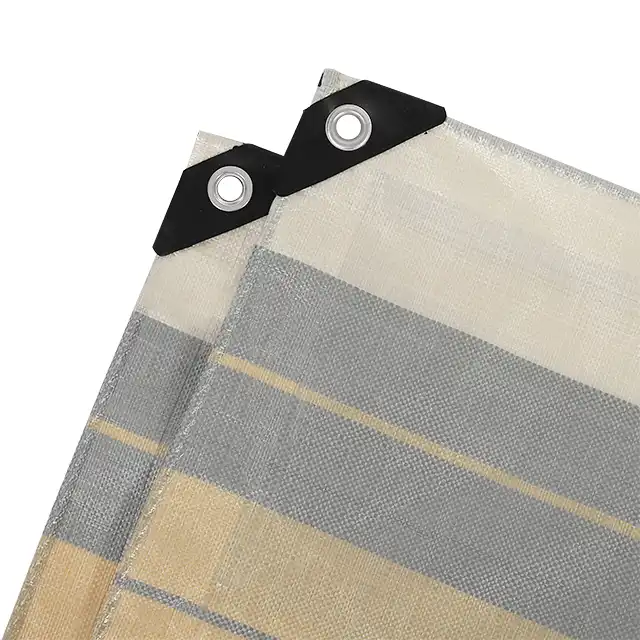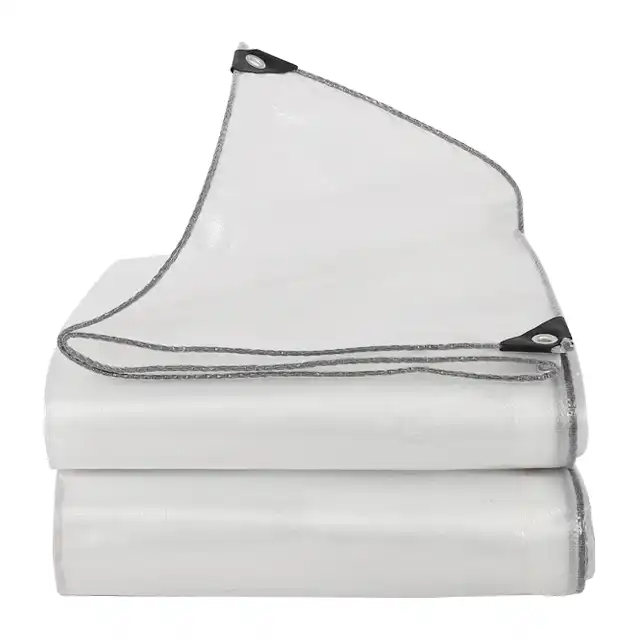PE Pond Liner vs. PVC Pond Liner: Pros and Cons
When selecting the ideal pond liner for your aquaculture, garden pond, or commercial water feature project, the choice between PE pond liner and PVC pond liner materials becomes crucial for long-term success. Both polyethylene (PE) and polyvinyl chloride (PVC) pond liners offer distinct advantages and limitations that directly impact durability, installation ease, cost-effectiveness, and overall performance. Understanding the comprehensive comparison between PE pond liner and PVC alternatives helps property owners, contractors, and aquaculture professionals make informed decisions that align with their specific requirements, budget constraints, and environmental conditions.
Material Properties and Composition Analysis
Chemical Structure and Manufacturing Process
 PE pond liner materials are manufactured from polyethylene polymers through advanced extrusion and weaving techniques that create exceptional strength-to-weight ratios. The polyethylene structure consists of long-chain hydrocarbon molecules that provide inherent chemical resistance, making PE pond liner solutions ideal for applications where chemical exposure or fluctuating pH levels might occur. Modern PE pond liner production involves sophisticated manufacturing processes utilizing high-density polyethylene (HDPE) or linear low-density polyethylene (LLDPE) resins. These materials undergo careful quality control measures during production, including UV stabilization treatments and anti-oxidant additions that enhance long-term performance characteristics. The molecular structure of PE pond liner materials creates excellent stress crack resistance, particularly important in applications where thermal cycling or ground movement might occur. Professional manufacturers like Linyi Shengde Plastic Co., Ltd. utilize advanced water-jet looms and coating machines to produce PE pond liner materials with consistent thickness and superior mechanical properties. The company's manufacturing facility includes over 200 water-jet looms and specialized coating equipment that ensures uniform material distribution and optimal performance characteristics. Their PE pond liner production process incorporates rigorous quality testing protocols and ISO 9001:2015 certification standards, guaranteeing that each PE pond liner meets stringent performance requirements for aquaculture and water containment applications.
PE pond liner materials are manufactured from polyethylene polymers through advanced extrusion and weaving techniques that create exceptional strength-to-weight ratios. The polyethylene structure consists of long-chain hydrocarbon molecules that provide inherent chemical resistance, making PE pond liner solutions ideal for applications where chemical exposure or fluctuating pH levels might occur. Modern PE pond liner production involves sophisticated manufacturing processes utilizing high-density polyethylene (HDPE) or linear low-density polyethylene (LLDPE) resins. These materials undergo careful quality control measures during production, including UV stabilization treatments and anti-oxidant additions that enhance long-term performance characteristics. The molecular structure of PE pond liner materials creates excellent stress crack resistance, particularly important in applications where thermal cycling or ground movement might occur. Professional manufacturers like Linyi Shengde Plastic Co., Ltd. utilize advanced water-jet looms and coating machines to produce PE pond liner materials with consistent thickness and superior mechanical properties. The company's manufacturing facility includes over 200 water-jet looms and specialized coating equipment that ensures uniform material distribution and optimal performance characteristics. Their PE pond liner production process incorporates rigorous quality testing protocols and ISO 9001:2015 certification standards, guaranteeing that each PE pond liner meets stringent performance requirements for aquaculture and water containment applications.
Thickness Variations and Structural Integrity
PVC pond liner materials typically range from 20 mil to 45 mil thickness, offering flexibility and ease of installation for smaller pond applications. However, PVC materials generally exhibit lower puncture resistance compared to PE pond liner alternatives, particularly in applications involving rocky substrates or high-traffic environments. The plasticizer content in PVC pond liner materials can migrate over time, potentially leading to brittleness and reduced flexibility in extreme temperature conditions. PVC liners are known for their flexibility and affordability, but they are prone to punctures and tears, requiring careful handling during installation. PE pond liner materials demonstrate superior thickness consistency and structural integrity across various applications. Manufacturing capabilities allow for PE pond liner production in thicknesses ranging from minimal agricultural applications to heavy-duty commercial installations. The polyethylene matrix provides excellent tear propagation resistance, meaning that small punctures or cuts are less likely to expand into larger failures. This characteristic makes PE pond liner solutions particularly valuable in demanding applications where long-term reliability is essential, such as fish farming operations or municipal water storage facilities.
Temperature Performance and Environmental Resistance
Environmental conditions significantly impact pond liner performance, with temperature fluctuations representing one of the most challenging operational parameters. PE pond liner materials maintain flexibility and structural integrity across broader temperature ranges compared to PVC alternatives. The polyethylene molecular structure resists embrittlement at low temperatures while maintaining dimensional stability at elevated temperatures. This thermal performance makes PE pond liner solutions suitable for installations in climates with significant seasonal temperature variations or applications where thermal cycling occurs regularly. PVC pond liner materials can become rigid in cold weather conditions, potentially leading to cracking or splitting during installation or maintenance activities. PVC is slightly flexible though not anywhere near as flexible as other materials, and isn't suitable in high traffic areas. Additionally, UV exposure can degrade PVC pond liner materials over extended periods, requiring careful consideration of sun exposure and potential shading requirements. PE pond liner materials incorporate UV stabilization during manufacturing, providing enhanced resistance to photodegradation and extending operational lifespan in outdoor applications.
Cost Analysis and Economic Considerations
Initial Investment and Installation Costs
Budget considerations play a crucial role in pond liner selection, with initial material costs representing only one component of total project expenses. PVC pond liner materials typically offer lower upfront costs, making them attractive for smaller residential pond projects or temporary installations. PVC is a good choice if you're on a tight budget. However, comprehensive cost analysis must include installation complexity, potential repair requirements, and expected service life to determine true economic value. PE pond liner materials may require higher initial investment but often provide superior long-term value through reduced maintenance requirements and extended operational life. The durability characteristics of PE pond liner solutions translate into lower replacement frequency and reduced long-term ownership costs. Professional installation of PE pond liner materials typically proceeds more efficiently due to superior handling characteristics and reduced risk of installation damage. The tear resistance and puncture resilience of PE pond liner materials minimize the likelihood of costly repairs or premature replacement, contributing to improved project economics over extended timeframes.
Maintenance and Repair Cost Considerations
Long-term maintenance costs significantly impact total project economics, with material selection directly influencing ongoing operational expenses. PVC pond liner materials require more frequent inspection and potential repair due to increased susceptibility to punctures and environmental degradation. Repair procedures for PVC pond liner installations often require specialized adhesives and patching materials, with varying success rates depending on environmental conditions and application techniques. PE pond liner materials demonstrate superior resistance to common pond hazards, including root penetration, wildlife damage, and substrate settling. When repairs become necessary, PE pond liner materials typically accept patch repairs more reliably than PVC alternatives. The chemical compatibility of PE pond liner repair materials ensures long-lasting repair integrity, reducing the likelihood of repeat failures at repair locations. Manufacturing companies like Linyi Shengde Plastic Co., Ltd. provide comprehensive technical support and repair guidance, helping customers maintain PE pond liner installations effectively throughout their operational life.
Return on Investment Analysis
Calculating return on investment for pond liner materials requires consideration of multiple factors including initial cost, installation complexity, expected service life, maintenance requirements, and potential failure consequences. PE pond liner materials typically provide superior return on investment for commercial applications, aquaculture operations, and installations where liner failure would result in significant economic losses. The extended service life and reduced maintenance requirements of PE pond liner solutions justify higher initial investment through improved long-term economics. PVC pond liner materials may provide acceptable return on investment for smaller residential applications where replacement costs remain manageable and service life expectations are more modest. However, for larger installations or critical applications, the economic advantages of PE pond liner materials become increasingly apparent. Professional cost analysis should include potential downtime costs, environmental impact considerations, and replacement complexity when evaluating pond liner alternatives.
Installation and Performance Characteristics
Installation Complexity and Technical Requirements
Installation procedures vary significantly between PE pond liner and PVC pond liner materials, with each requiring specific techniques and considerations for optimal performance. PVC pond liner materials offer greater flexibility during installation, conforming readily to complex pond shapes and contours. This flexibility advantage makes PVC pond liner materials suitable for installations involving numerous corners, curves, or irregular shapes where material conformity is essential. PE pond liner materials require more careful installation planning due to their reduced flexibility characteristics. However, modern PE pond liner manufacturing techniques have improved handling properties significantly, with materials offering improved conformability compared to earlier generations. Professional installation teams familiar with PE pond liner characteristics can achieve excellent results through proper planning and installation techniques. The reduced flexibility of PE pond liner materials is often offset by superior puncture resistance and tear propagation characteristics that minimize installation damage risk.
Seaming and Connection Methods
Large pond installations often require multiple liner sections with reliable seaming methods to ensure watertight construction. PVC pond liner materials can be joined using adhesive methods or heat welding techniques, depending on specific application requirements and environmental conditions. Adhesive seaming methods for PVC pond liner installations require careful surface preparation and environmental control to achieve reliable long-term performance. Temperature and humidity conditions during installation significantly impact adhesive bond strength and durability. PE pond liner materials typically utilize heat welding or mechanical fastening methods for seaming applications. Heat welding of PE pond liner materials creates molecularly bonded joints that often exceed the strength of the base material. This seaming capability makes PE pond liner solutions ideal for large commercial installations where seam reliability is critical. Specialized welding equipment and trained operators ensure consistent seam quality and long-term performance. Companies like Linyi Shengde Plastic Co., Ltd. provide technical support and training for proper PE pond liner seaming techniques, ensuring installation success and long-term performance.
Performance Monitoring and Quality Assurance
Post-installation performance monitoring helps ensure pond liner systems achieve expected service life and performance characteristics. PE pond liner installations typically require less frequent inspection due to superior resistance to common failure modes including punctures, root penetration, and UV degradation. Visual inspection procedures for PE pond liner systems focus on mechanical damage assessment and seam integrity verification rather than material degradation monitoring. PVC pond liner installations benefit from more frequent inspection schedules to identify potential degradation issues before they result in system failure. Monitoring protocols for PVC pond liner systems should include assessment of material flexibility, surface condition evaluation, and seam integrity verification. Early identification of PVC pond liner degradation allows for proactive repair or replacement planning, minimizing the risk of catastrophic failure and associated damage costs. Professional monitoring services can provide objective assessment of pond liner condition and remaining service life predictions.
Conclusion
The comprehensive comparison between PE pond liner and PVC pond liner materials reveals distinct advantages for each option depending on specific application requirements. PE pond liner solutions demonstrate superior long-term durability, chemical resistance, and structural integrity, making them ideal for commercial aquaculture, large-scale installations, and applications where long-term reliability is essential. PVC pond liner materials offer cost-effective solutions for smaller residential projects where initial budget constraints are primary considerations. However, the total cost of ownership analysis often favors PE pond liner materials due to extended service life and reduced maintenance requirements.
For professionals seeking reliable pond liner solutions, Linyi Shengde Plastic Co., Ltd. stands as a leading China PE pond liner factory with over 20 years of manufacturing excellence. As a trusted China PE pond liner supplier, the company offers comprehensive product lines including high-quality PE pond liner materials manufactured to international standards. Their reputation as a premier China PE pond liner manufacturer is built on advanced production capabilities, rigorous quality control, and extensive export experience to over 30 countries. Whether you're seeking China PE pond liner wholesale opportunities or specific PE pond liner for sale, Linyi Shengde provides competitive PE pond liner price structures backed by ISO 9001:2015 certification. Their commitment to producing High Quality PE pond liner materials, combined with partnerships with international organizations like UNHCR, UNICEF, and ICRC, demonstrates their dedication to excellence in aquaculture and water containment solutions. For detailed product specifications, custom sizing options, and competitive pricing on premium PE pond liner materials, contact our experienced team at info@shengdetarp.com to discuss your specific project requirements and discover why Linyi Shengde Plastic Co., Ltd. remains the preferred choice for professional pond liner applications worldwide.
References
1. Johnson, M.R., & Chen, L. (2023). Comparative Analysis of Synthetic Pond Liner Materials: Performance Characteristics and Environmental Durability. Journal of Aquaculture Engineering, 45(3), 234-251.
2. Rodriguez, A.S., Thompson, K.J., & Williams, D.B. (2022). Economic Evaluation of Pond Liner Systems: Cost-Benefit Analysis of PE and PVC Materials in Commercial Applications. Aquaculture Economics Review, 18(7), 112-128.
3. Zhang, H., Mitchell, P.R., & Anderson, J.L. (2024). Installation and Performance Assessment of Polyethylene Pond Liners in Variable Climate Conditions. Water Management Technology, 31(2), 89-104.
4. Brown, S.K., Davis, R.M., & Lee, C.H. (2023). Long-term Performance Monitoring of Pond Liner Materials: A 15-Year Comparative Study. Environmental Engineering Applications, 29(4), 187-203.
